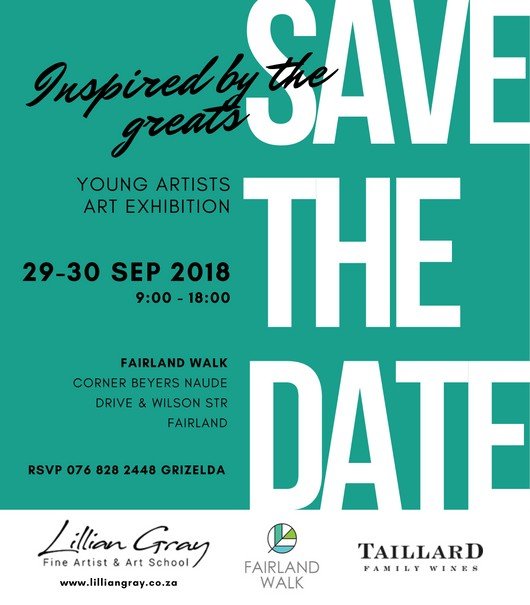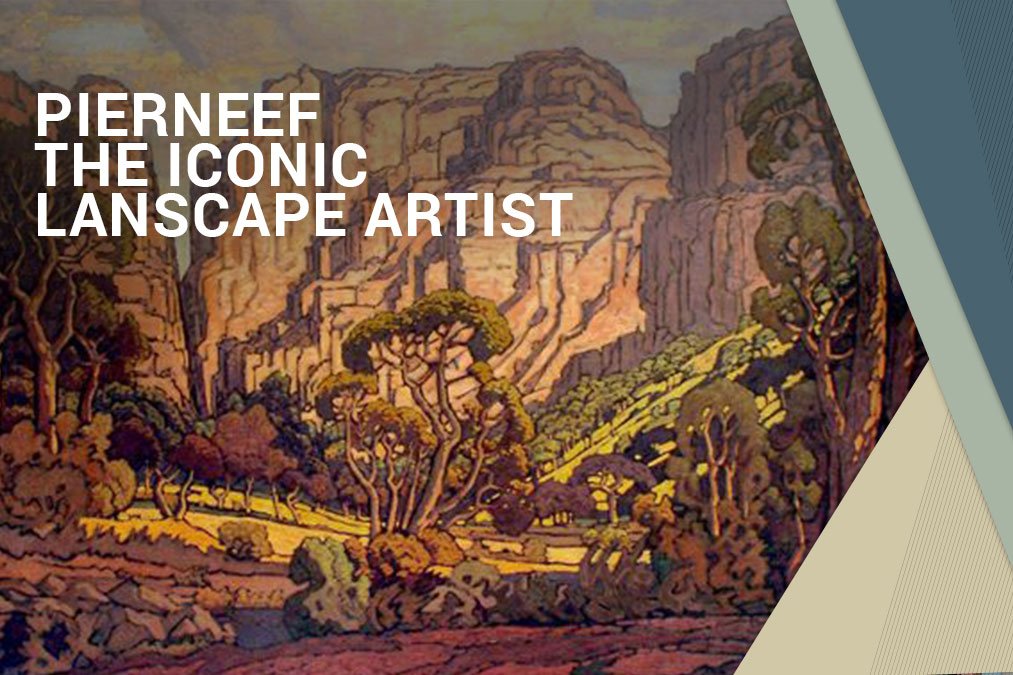No products in the basket.
Art History
Pierneef – the iconic landscape artist
Jacobus Hendrik Pierneef (usually referred to as Pierneef) (13 August 1886 Pretoria – 4 October 1957 Pretoria), was a South African landscape artist, generally considered to be one of the best of the old South African masters. His distinctive style is widely recognised and his work was greatly influenced by the South African landscape.
Most of his landscapes were of the South African highveld, which provided a lifelong source of inspiration for him. Pierneef’s style was to reduce and simplify the landscape to geometric structures, using flat planes, lines and colour to present the harmony and order in nature. This resulted in formalised, ordered and often-monumental view of the South African landscape, uninhabited and with dramatic light and colour.
Young Pierneef
He was born in Pretoria, from Dutch and Boer parentage. His high school career at was interrupted by the Second Boer War. Due to the war, the Pierneef family decided to move back to the Netherlands in 1901. While there he studied at the Rotterdamse Kunstakademie. During this time, he also came into contact with the works of the old masters, which left a lasting impression on him.
Finding Inspiration
He returned to Pretoria at the age of 18, where he met with and was encouraged by already established South African artists such as his godfather Anton van Wouw, Hugo Naude and Frans Oerder. His first public exhibition, where his work was generally well received, was with van Wouw and Naude in 1902. In 1910, Pierneef married Agatha Delen, a woman 12 years his senior.
Exhibiting Pierneef
He held his first solo exhibition in 1913, to great critical acclaim, some even describing his work as that of a genius, which inspired him greatly. His second solo exhibition was held two years later and was also very well received. During this period, he also did various illustrations for periodicals and books.
Pierneef the Teacher
In 1918, he started a career as an art lecturer at the Heidelberg College of Education. During the following year, he also started teaching drawing at the Pretoria College of Education. These positions gave him the opportunity to focus on his art and he participated in many successful solo and group exhibitions from 1920 to 1921. Due to the recognition that he received, Pierneef realised that he was setting the trend for a unique South African style.
The wives of Pierneef
Personally, it was a difficult time in his life – his wife Agatha suffered from a mental disorder and also started to lose her sight. Despite his successes, he was experiencing some financial difficulties and had to resort to other jobs to make ends meet. During one of these, an advertising project to sell the land around Hartebeespoort dam, he met his future second wife, a Dutch woman named May Schoep.He divorced Agatha in 1923 and married May in 1924.
Going Abstract
In 1927 his daughter was born and he held a very successful exhibition of 86 of his works in Pretoria. However, during his solo exhibition the following year, he had some abstract modern works on display, which were very badly received, compelling him to revert to his old style.
Legacy
Pierneef accepted a commission in 1929 to paint 32 panels for the interior of the then-new Johannesburg Railway Station, a task he completed by 1932. The panels are now to be seen at the Rupert Museum in Stellenbosch and are considered to be some of his best work.
In 1933, he was commissioned to do seven murals for South Africa House, the South African embassy on Trafalgar Square, London. Pierneef completed this work in 1934.
Pierneef’s work can be seen worldwide in many private, corporate and public collections, including the Africana Museum, Durban Art Gallery, Johannesburg Art Gallery, King George VI Art Gallery, Pierneef Museum and the Pretoria Art Gallery.
Check out some of our Fun art activities based on Pierneef


